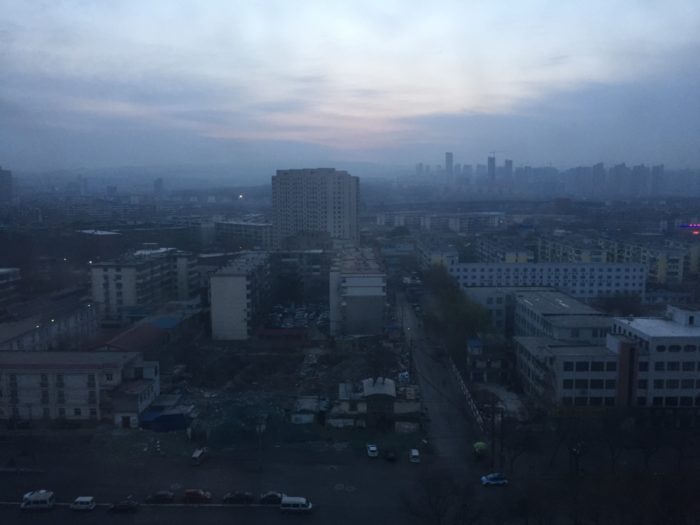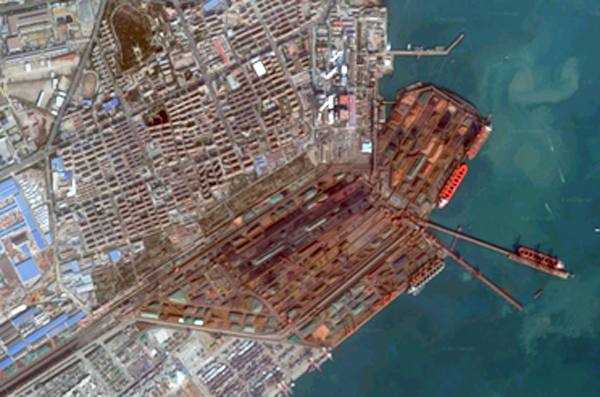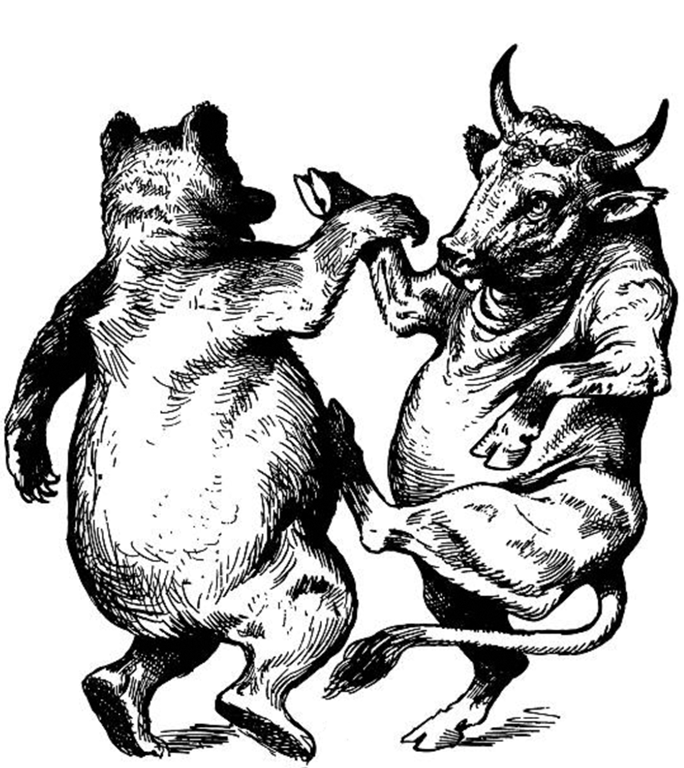We’ve just returned from a week-long trip to China, and as with most trips to this amazing country in recent years we probably left feeling more confused than when we arrived.
There are no shortages of ‘expert’ views on China, and we always marvel at the precision with which many pundits attempt to forecast what is a large, diverse, complex and rapidly evolving country. No such forecasts here, but there were more than a few telling moments during the week that are worth sharing. In particular, it became evident through the course of a number of meetings that irrespective of your view on the country’s GDP growth, there is a clear case that China is nearing ‘peak’ consumption in both steel and coal. Or maybe it’s already there.
In our view, Chinese steel production – which is 10% above consumption given the country is an exporter of steel – is likely to have already peaked. That was validated from discussions with both the large mills and the industry association (CISA) which was comfortable to openly discuss it. While China is clearly not fully urbanized or industrialized the rate of change has peaked and the quantum of roads/houses/airports built in a given year is plateauing (which at 6x US steel production shouldn’t be much of a surprise).
On coal, pollution levels are beginning to cripple the economy (refer image 1) and there’s a growing acceptance that it is becoming China’s number one social issue. So much so that its citizens are now prioritizing clean air above the ‘perks’ associated with industrialization. A pivot towards cleaner energy in China is essential, and as we’ve seen in Australia this will be complex. Not to mention expensive.
If demand for these commodities has either peaked or is nearing it – and importantly iron ore and coal are Australia’s two largest exports – then the supply response becomes critical. And with both commodities at $80/t, a massive price signal is being sent to ramp up production. Despite record December inventories (see image 2) this is underway – Chinese Iron Ore production in Jan/Feb was +15% yy and spikes from here appear imminent – meaning commodity prices should come down hard.
Our base case is for price falls over the next three years of 30-40%. As such we retain our underweight position on the sector.
Image 1 – Pollution infected view from Downtown Taiyuan (a major steel manufacturing city)
Image 2 – Record Dec-2016 inventory at Qingdao Port (the largest iron ore port in the world)
Image 3 – China remains full of surprises – local treats at a Beijing market!





0 Comments